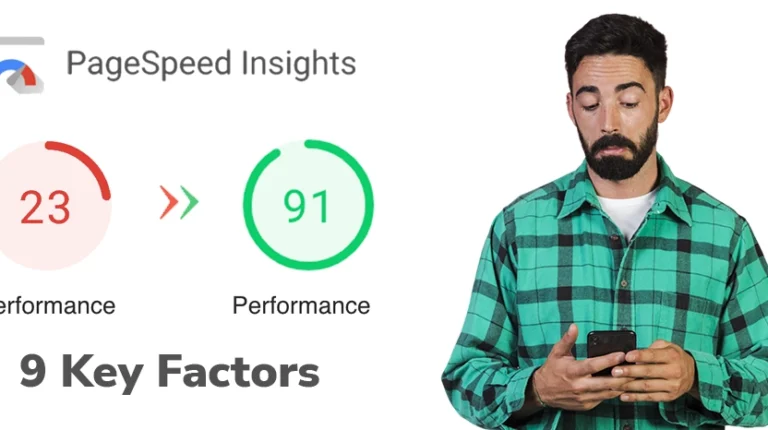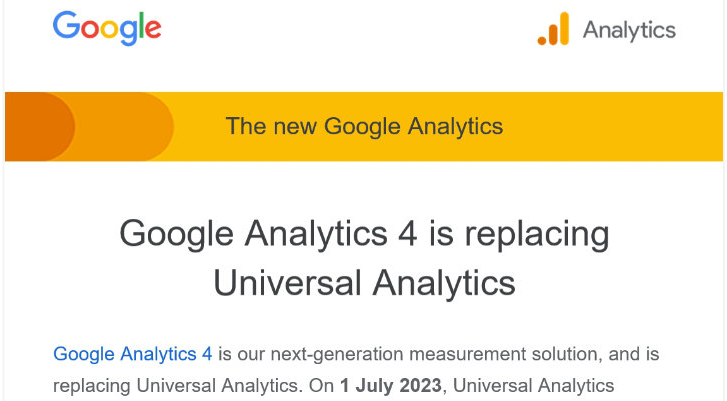Slow to Swift: How to Improve Loading Speed and Boost Business
“I don’t get much work through my website…”
We come across many businesses, especially service-based who rely heavily on word of mouth to keep things ticking. Therefore their website is being left unattended with no actionable purpose.
We were also running like this for a while, but as much as we liked the look of the VP website, it simply wasn’t serving a purpose or being recognised enough by others, so we got our SEO specialist to run an audit. Her feedback was that they keywords were all implemented correctly but the page speed was awful – again, I’m loading up the site and thinking “Surely it’s not that slow for others?”
But when we looked at what time of day people interact with the website or search for our services, it tends to be during downtime hours whether it’s first thing in the morning on the way to work, during lunch breaks, even after work on the phone whilst in the Gym. This pushed us to check how well the VP website performs using external bandwidths such as the local coffee shop, WiFi internet in the gym and our mobile network en route to the station, and it dawned on us that the site was MUCH SLOWER compared to our lovely fibre-optic broadband in the office.

As a result, our website specialist who’s familiar with WordPress optimisation managed to improve the website speed from 26/100 to 75/100 on Mobile – not brilliant but major improvement and turned this around in just 2 days!
Desktop Speed
Mobile Speed
Here are 9 Key Factors to speed up your New WordPress website:
1. Choose a Lightweight Theme
Selecting a lightweight and well-coded theme is the foundation of a fast WordPress site. Avoid bloated themes with excessive features you don’t need. Opt for minimalist designs that prioritise speed and performance. Check out the 10 Fastest Loading WordPress Themes in 2024.
2. Use a Reliable Hosting Provider
Invest in a reputable hosting provider that offers optimised WordPress hosting. Look for providers that offer SSD storage and other resorces. For example, Hostinger, SIteground, GoDaddy etc
3. Optimise Images
Large image files can significantly slow down your website. Use image optimisation plugins such as Smush or WPRocket to compress images without sacrificing quality. Also, consider lazy loading images to defer their loading until they’re visible on the user’s screen.
4. Enable Caching
Caching reduces server load by storing static versions of your website’s pages. Use caching plugins such as W3 Total Cache Pro to generate static HTML files and serve them to your visitors, significantly reducing load times.
5. Minify CSS and JavaScript
Minification removes unnecessary whitespace and comments from your CSS and JavaScript files, reducing their file size and speeding up load times. Use plugins like Autoptimize or WP Rocket to minify and combine your site’s CSS and JavaScript files.
6. Utilise a Content Delivery Network (CDN)
A CDN distributes your website’s static content across multiple servers worldwide, reducing latency and improving loading times for users across the globe. Popular CDN services like Cloudflare integrate seamlessly with WordPress.
7. Enable Gzip Compression
Gzip compression reduces the size of your website’s files before they’re sent to the user’s browser, resulting in faster loading times. Most hosting providers offer Gzip compression, but you can also enable it through plugins.
8. Optimise Your Database
Regularly clean up your WordPress database by removing spam comments, post revisions, and unused plugins or themes.
9. Implement Lazy Loading
Lazy loading delays the loading of non-essential resources (such as images, iframes, and videos) until they’re needed, reducing initial load times. WordPress plugins like Lazy Load by WP Rocket or a3 Lazy Load make implementing lazy loading easy.
Conclusion
Since doing this, I’ve seen a +72% increase in inbound inquiries alongside organic traffic visits up by +43% throughout the last 2 months.
By implementing these tips, you can significantly improve the speed and performance of your WordPress website. Speed is not just a ranking factor; it’s also a crucial component of user satisfaction and conversion rates. However, please be aware that optimising speed is a delicate task and it may disrupt your website’s design or functionality. Therefore, always ensure to backup your website using a plugin such as UpdraftPlus before implementing any changes. It is advisable to get the help of a professional to achieve the highest level of improvement possible.
If you’re looking to have this implemented, please submit a request in the form below and we’ll get in touch to speed up your website in 2 days.




